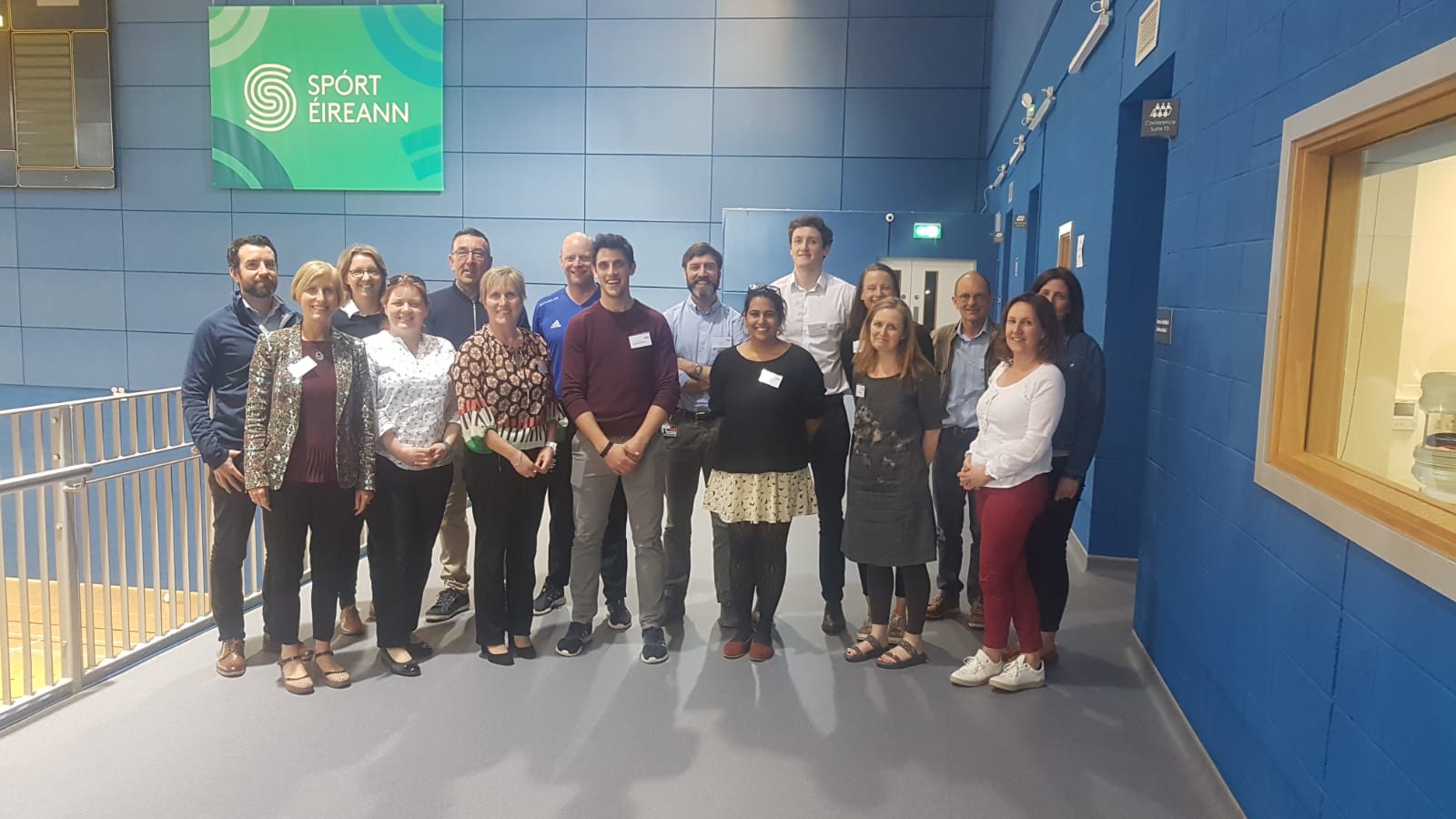Assessing the implementation of physical activity-promoting public policies in the Republic of Ireland using the Physical Activity Environment Policy Index (PA-EPI)

In this featured blog, PhD Student Kevin Volf provides an overview of a recently published study, of which he is lead author, which is the first to apply the Physical Activity Environment Policy Index (PA-EPI) monitoring framework to assess the extent of implementation of government policies and actions:
If you’re reading this you probably agree with the sentiment that Ireland should be one of the best places on earth to be physically active. You probably also agree that achieving this vision requires the development of supportive physical activity environments. You may also agree that achieving these active environments requires a range of measures including civil society engagement and implementation of public policy. If so, you may be interested to read about our study of the implementation of physical activity policy in Ireland, which has been published in the journal Health Research Policy and Systems (HRPS).
The study is the first to utilise the Physical Activity Environment Policy Index (PA-EPI) framework, 45 indicators of policy indicators divided across 15 domains and 2 overarching components: policy and infrastructure support. Research using the PA-EPI supports the implementation of physical activity policy through the following mechanisms:
Policy benchmarking and lesson drawing. To be the best, we need to learn from the best. The PA-EPI allows Ireland’s policy implementation to be compared to international best practice. These comparisons facilitate lesson drawing, what do the best do and can we do it?
Implementation gap identification Rating the implementation of public policy allows us to identify where we can find the greatest room for improvement. These indicators speak to the factors which may be limiting the effectiveness of Ireland’s policy response.
Policy action prioritisation what can those charged with policy implementation do to ameliorate our areas of greatest concern and / or build on Ireland’s areas of relative strength? We asked some of the most informed people in the country to come up with some recommendations to get us to the next level.
We conducted the PA-EPI study in the Spring and Summer of 2022. Our diverse coalition of stakeholders, including representation from both public and private sectors, provided input throughout the process. The coalition identified gaps in implementation (relative to international best practice) in the domains of transport, urban design, healthcare, and platforms for interaction (see figures 1a and 1b).
In light of this information, a list of actions were proposed and then a short list of actions prioritised which are listed below.
Prioritised actions – policy domains:
1. Leadership in schools [EDU8]
Allocate a post of responsibility for a physical activity lead in every school, at both primary and post-primary levels.
2. Coordinated media campaign [MEDI1]
Foster cross-governmental sustainable resourcing to replace standalone individual physical activity campaigns with a comprehensive, coordinated, multisector long-term multimedia/mode campaign using clear evidence informed consistent messaging over several years.
3. Minimum inclusivity standards [SPOR6]
Establish a set of minimum inclusion and accessibility standards to be incorporated into the scoring system of the Sports Capital and Equipment Programme.
4. Connected community programmes [COMM2]
Improve connection between communities and healthcare services in regard to physical activity participation by increasing the resourcing and/or staffing, with a go-to person for physical activity in the community.
5. Capacity of healthcare staff [HEAL2]
Build capacity of staff across health and social care settings to promote awareness of physical activity benefits and opportunities.
Prioritised actions – Infrastructure support
1. Update guidelines [LEAD1]
Update the Irish Physical Activity Guidelines in line with revised international guidelines.
2. Representation in decision-making [GOVER3]
Have representation across the lifespan, genders and socioeconomic backgrounds in the development and decision making processes related to physical activity policies.
3. Funding for outcome monitoring [FUND1]
Provide long-term funding for physical activity programmes to support tracking of evidence, outcomes and implementation.
4. Research programme for special populations [GOVER1]
Implement a physical activity research and monitoring programme specific to special populations, in particular for disabled persons.
5. Dissociate from unhealthy products [GOVER2]
Dissociate physical activity from unhealthy products and brands promoting unhealthy products.
A review of the priority actions highlights a fourth mechanism which will be vital for supporting the implementation of physical activity in Ireland: collaboration, which happens to be the C in I-PARC. Several of the prioritised actions require bridges to be built ‘from both banks’ with several actors collaborating to achieve desired outcomes. If you want to talk to me about the PA-EPI, or any future collaborations, I’m available at kevin.volf@ul.ie and on twitter at @kevin_volf. More information on the PA-EPI and its development is available here.
Implementation status of policy domains based on expert ratings

Implementation status of infrastructure domains based on expert ratings











